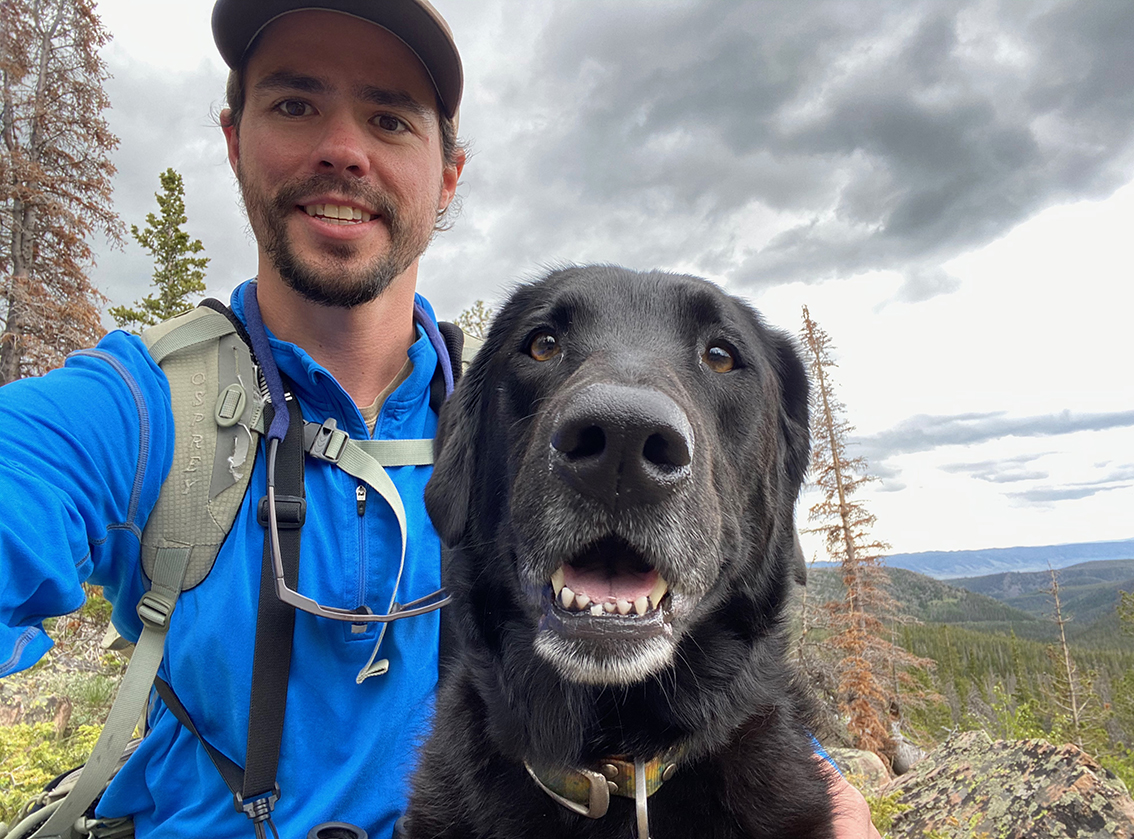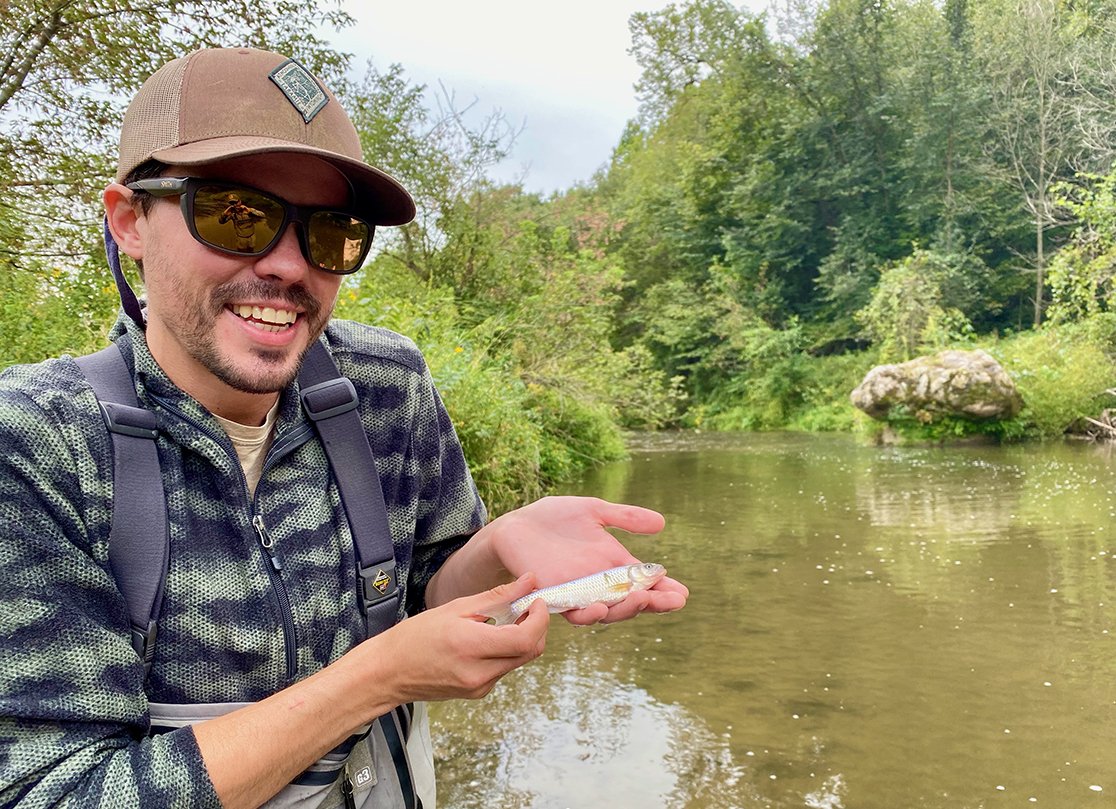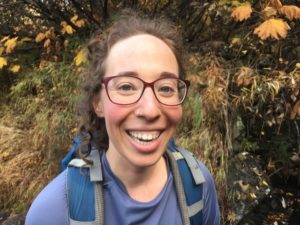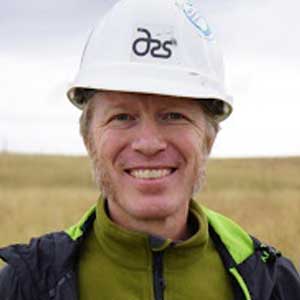SIU researcher reveals clues to controlling invasive carp: its ear bones
A researcher at Southern Illinois University Carbondale studying invasive grass carp has published their findings about a tiny bone in the ear of the grass carp that is exposing an important clue to controlling their numbers in the Great Lakes. Read the full story by The Southern.
Great Lakes Commission
https://www.glc.org/dailynews/20201208-grass-carp











